Design
Thinking
Design
Thinking

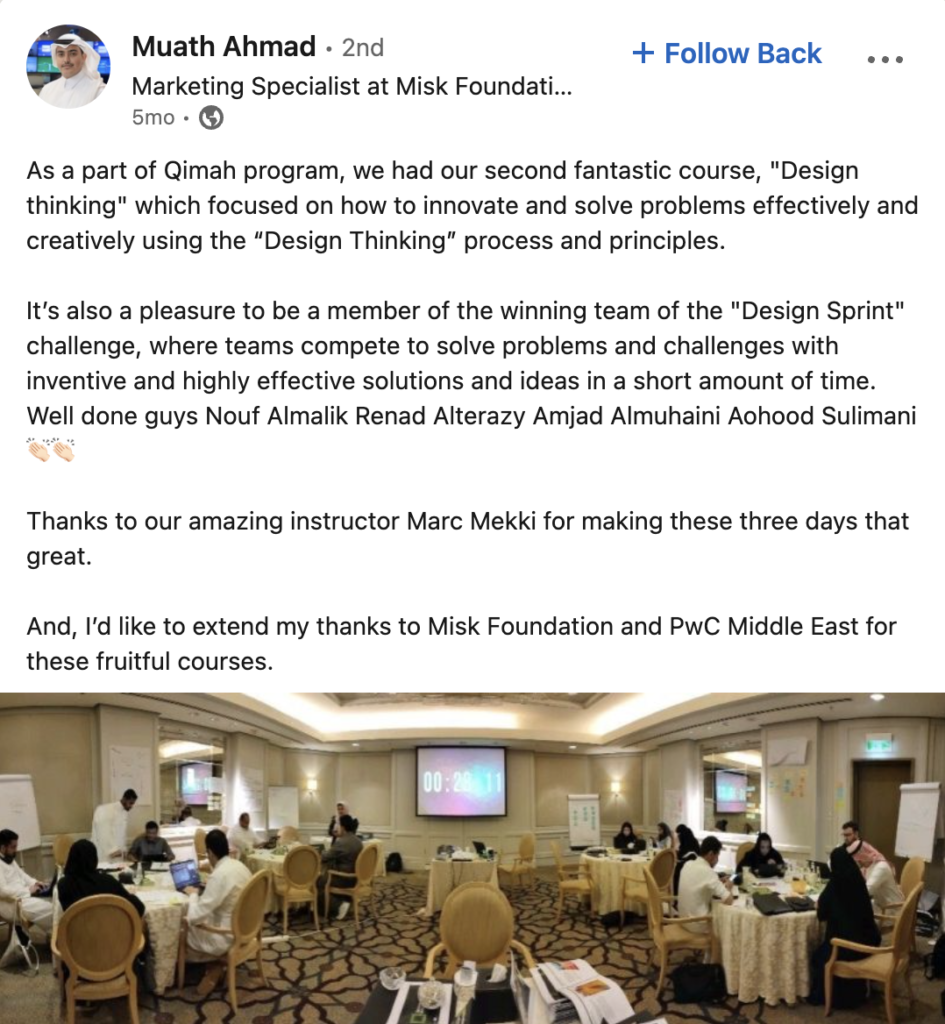
Modern Mindware
1. The Power of Perspective Design thinking isn’t just about new tools; it’s a mindset shift. It breaks free from the ‘that’s how we do things here’ mentality, pushing us to reimagine the status quo. It’s like taking off blinders – suddenly, there’s a whole new world of possibilities.
2. Tackling the Innovation Challenge Innovation needs three ingredients: groundbreaking solutions, reduced risks, and employee buy-in. But here’s the twist: conventional problem-solving often leads to conventional answers. Design thinking flips this, asking more profound, more interesting questions.
3. Structured Creativity Some say design thinking is too structured. I disagree. This structure is a just a scaffold, a non-linear mental framework, helping non-designers embrace creative chaos without getting lost. It’s a playbook for innovation, providing clarity and direction.
4. Customer Discovery: The Heartbeat of Innovation This phase is all about empathy – living the customer’s experience. It’s not just observing; it’s immersing, understanding the unsaid, the unmet needs. It’s about getting to the root of what makes a customer’s journey tick.
5. Idea Generation: Where Magic Happens Here, diversity is your ally. Diverse teams bring diverse ideas, leading to unexpected, innovative solutions. But the key is alignment – converging on what matters most to the customer.
6. Testing and Prototyping: The Real World Awaits This isn’t just about tweaking; it’s about transformation. Prototyping in design thinking is rapid, iterative, and bold. It’s about making ideas tangible, then throwing them into the real world to see what sticks.
Closing Thoughts Design thinking isn’t just a process; it’s a journey. It’s about changing how we see problems and solutions. It’s a social technology that reshapes our experiences and, ultimately, the products and services we create.
Design Thinking isn’t a script nor a linear process to go from vague idea to a winning final product or service. Instead, Design Thinking offers you and easy to learn and understand mental framework you can leverage time and time again to ‘get untangled’ and move towards innovative solutions.
I had the distinct pleasure of collaborating with you during the “Digital Accelerator” program, a joint venture between Commercial Bank of Dubai and PwC aimed at fostering innovation through design thinking.
Your expertise in innovation and strategy brought a fresh perspective to our discussions, inspiring us to think creatively and embrace new methodologies. Your facilitation skills were particularly noteworthy, enabling a productive and engaging environment for all participants. The insights and knowledge you shared have been invaluable to our journey towards digital transformation.
Your ability to articulate complex concepts in a clear and accessible manner made a significant impact on our team, fostering a deeper understanding of the importance of design thinking in the banking sector. The enthusiasm and professionalism you brought to the program were truly commendable.
I am grateful for the opportunity to work with you and my batch and look forward to the possibility of future collaborations. Your contribution to our program has left a lasting impression, and I am confident that your guidance will continue to inspire innovation in the industry.
Thank you for your invaluable contributions and insights. I wish you continued success in your endeavors
Design Thinking Training

In a volatile and changing world where disruptive business models startups and geo-politics can wreak havoc out of the blue, can you really afford NOT to wield the tools and techniques that even the world’s most powerful companies leverage to survive and thrive?
The price for inaction in the 2020’s is becoming untenably high while the dynamics of work are changing in front of our eyes on what seems like a daily basis. Design Thinking will empower your teams and give them the confidence to excel.
Design Thinking training is not only highly engaging, practical and interactive, it is also deeply collaborative as teams have to put learnings into proactive during hands-on assignments. The courses are therefore not just powerful learning and development sessions but also excellent team building opportunities.
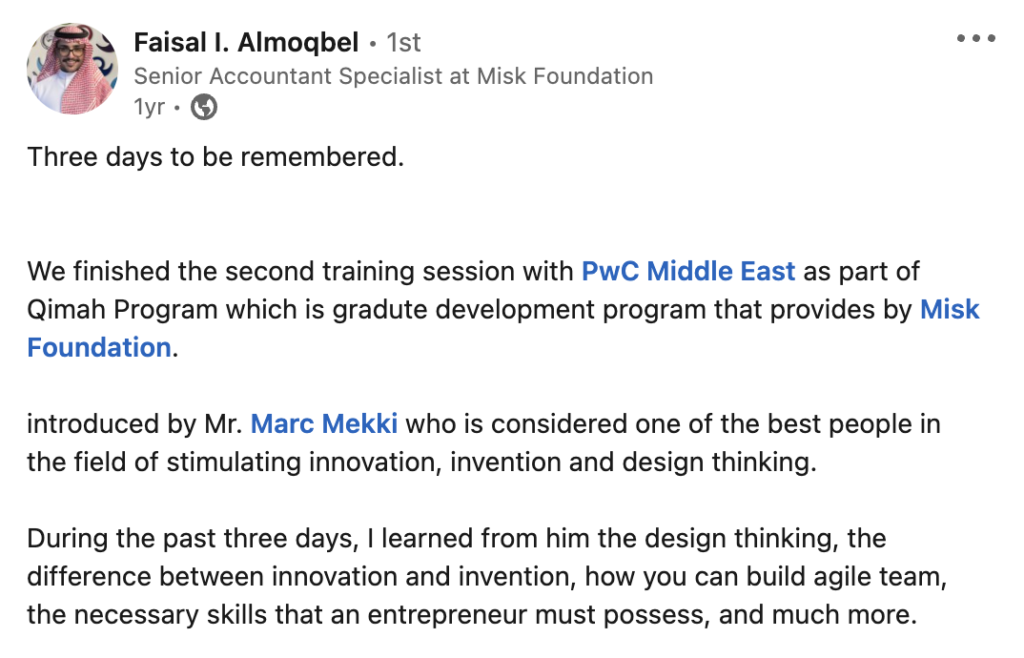
THREE-DAY INTENSIVE
An intensive and immersive leap into the world of Design Thinking, created for teams ready and willing to absorb and practice this broad methodology within a limited time frame.
FIVE-DAY BOOTCAMP
This flagship program meticulously unpacks the Design Thinking methodology while leaving ample time for hands-on practice and small group assigments to implement the techniques.
CUSTOM PROGRAM
Impossible to allocate consecutive days for your Design Thinking course? No problem, with a custom program we can gradually train your team in as little as 4 hours per week.
Does it work?
Design-driven companies such as Apple, Coca-Cola, IBM, Nike, Procter & Gamble, and Whirlpool have outperformed the S&P 500 over the past 10 years by an accumulated 211% in what’s called the Design Value Index—a portfolio of 16 publicly traded companies that integrate design thinking into corporate strategy. According to a 2016 report from the Design Management Institute, this marks the third consecutive year the index has shown an excess of 200% over the S&P 500.
But Design Thinking isn’t just for elite Fortune 500 corporations, far from it. The principles of Design Thinking have been applied across sectors and industries, from museums to healthcare and non-profits to personal care.
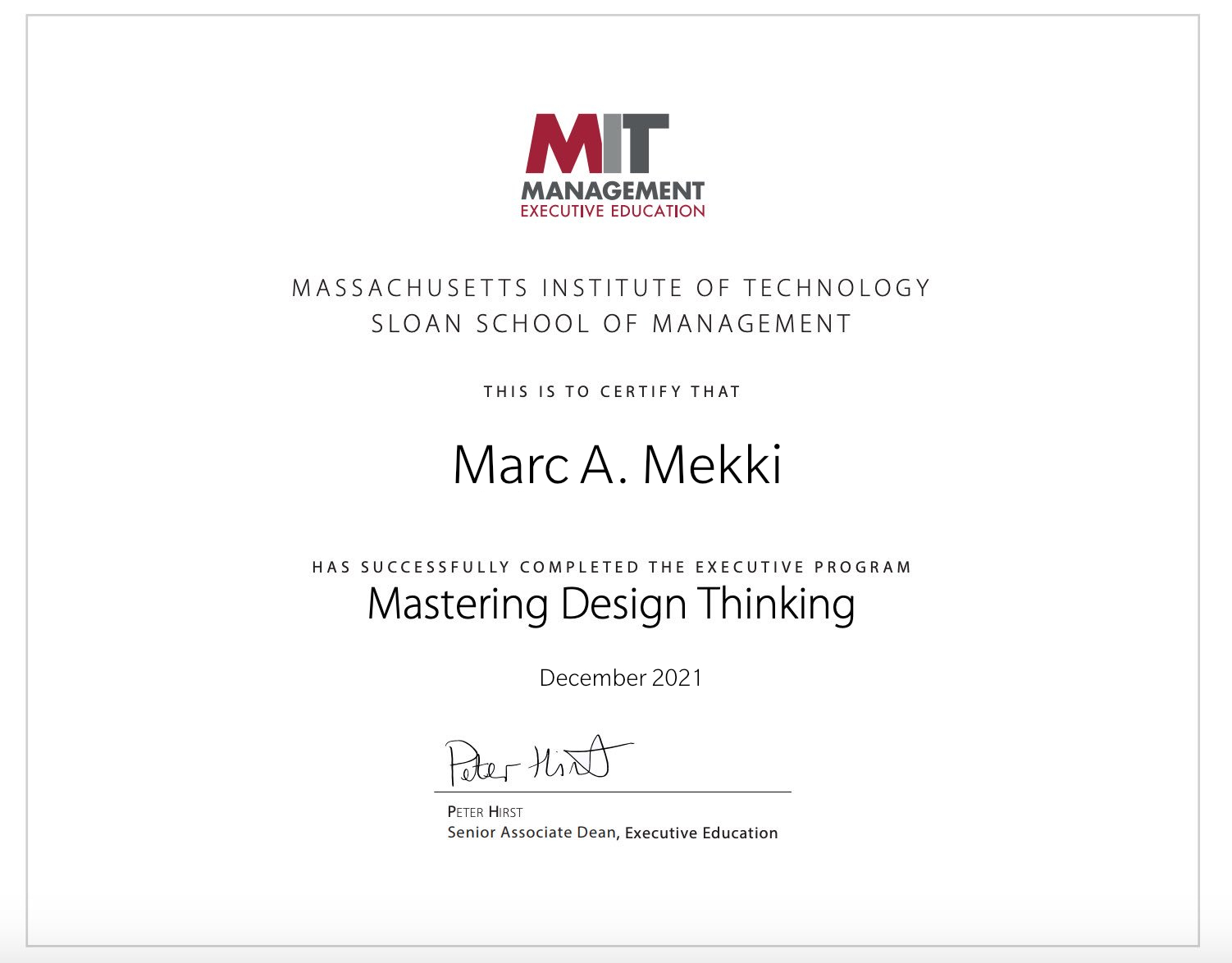
GET IN TOUCH
Please fill out the form or you can connect with me on Linkedin where I’m active on a daily basis, I welcome all new connections.
Some of the brands I’ve recently worked with

The Dorchester Collection
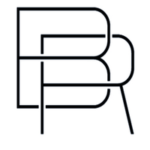
Boardroom Magazine

Arabian Business

Amadeus
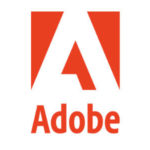
Adobe

ICCA

Tourism Flanders

